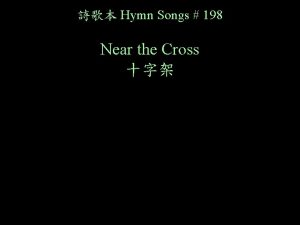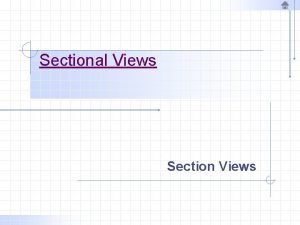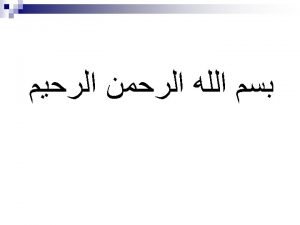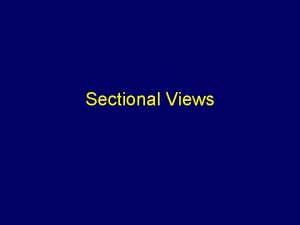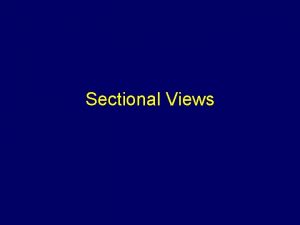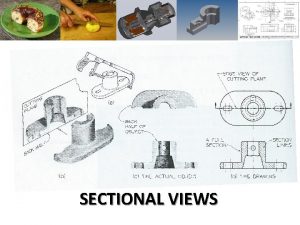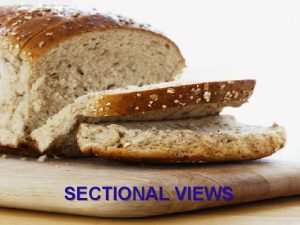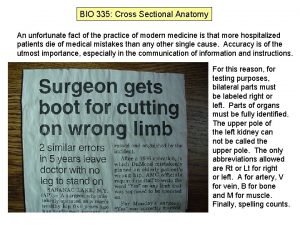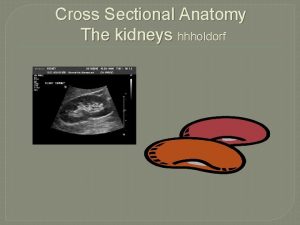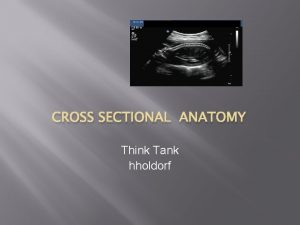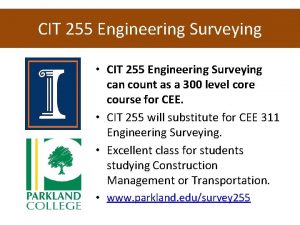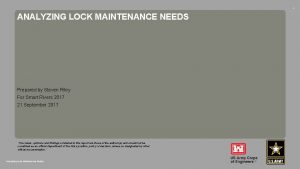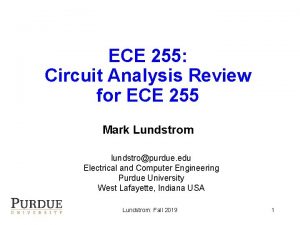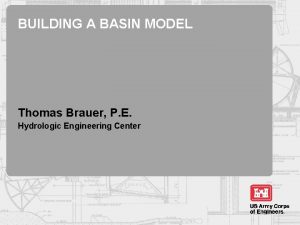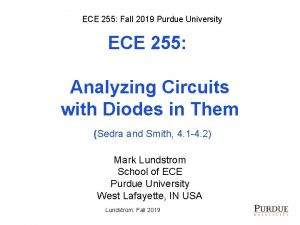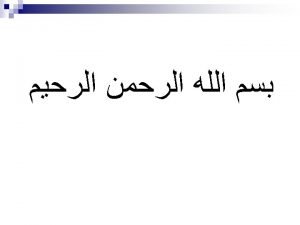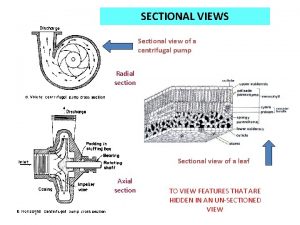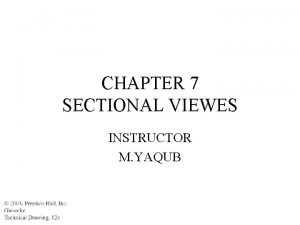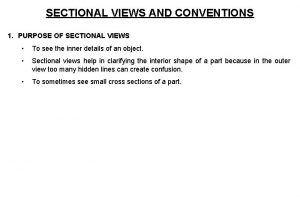RT 255 C Cross Sectional Anatomy Week 1




































































- Slides: 68

RT 255 C Cross Sectional Anatomy Week 1 FINAL 4 -13 -09 1

Name the Sectional Planes A B C D 2

Oblique and Transverse Used for imaging of heart. Commonly used in MR and sonography 3

Axial (Transverse) Planes – 1 – 2 – 3 – 4 – 5 – 6 4

Axial Scout 5

6

Axial (cross sectional) 7

Sagittal Plane • 1 • 2 • 3 8

Sagittal Scout 9

Sagittal 10

Coronal Plane • 1 • 2 • 3 • 4 • 5 11

Coronal 12

13

Coronal 14

Name the Imaging Plane 15

16

17

18

19

20

21

22

23

24

25

Both Radiation: Why CT vs. Radiography • Superimposition • Contrast Resolution – Less scatter • One exposure 26

Similar to Radiography • Radiopaque are white – Bone – Prosthesis • Lower density images are gray – Fat – Muscles – Organs • Very low density are black – Air 27

Hounsfield Units 28

Fundamentals of CT Cross sectional Tube rotates around patient Detectors measures primary data Primary data sent to computer Calculated according to algorithm Data assembled into a matrix Each sectional slice is displaced on cathode ray tube 29

Generations of Scanners • First generation – – 1 2 3 4 • Second generation – – 1 2 3 4 30

Third Generation • Rotate/ rotate • More than 750 detectors • 1 -10 seconds 31

Fourth Generation • Rotate only • Fixed detectors • More detectors • Higher dose to PT 32

Technical Aspects • Remnant radiation is collected – 1 – 2 • Electrical signal digitized – Each signal assigned a number • Signals combined to form digital image – Field of View (FOV) determines amount of data to be displayed on monitor 33

Breakdown of the Digital Image • Array of numbers – 1 • Pixel – 1 – 2 • Voxel – 1 – 2 – 3 34

System Components • Computer – Operators console • Gantry • Table 35

Computer • Four basic functions – – 1. 2 3 4 36

Data Acquisition • Tech chooses various parameters – 1 – 2 – 3 – 4 37

Image Reconstruction • Digitizes raw data • Computer performs mathematical computations on a temporary storage system – Host computer has limited storage capacity • Reconstruction takes a few seconds 38

Long term Storage • After reconstruction it is transferred to another storage medium • Those temporary images on the host computer are archived separately as an independent study that can be retrieved later 39

Image display • Can be viewed on a video monitor • Tech and doctor can communicate with host computer to view images • Can manipulate images – 1 – 2 – Image resolution lost with reconstruction in other planes 40

Gantry • Circular • Aperture is the hole PT goes in • Houses – Detector, slip ring, generator and x-ray tube • Tube similar to x-ray tube – Must withstand higher amounts of heat • Can be tilted 30 degrees forward and back 41

Table • Automated device linked to gantry & computer • Moves in increments – According to protocol • Made of wood or low density carbon composite • Has a weight limit 42

Control Console • Where the tech controls the scanner • Has a keyboard, display monitor & mouse • Allows tech to control – – 1. 2 3 4 43

Image Manipulation • Windowing – 1. • Window width – 1 – 2 – 3 • Window level – 1 – 2 44

Windowing Window width 400 Window width 2200 Window level 35 Window level 400 45

Factors Affecting Image Quality • • Spatial resolution Contrast resolution Noise Artifacts Patient factors Scan times Scan diameter 46

Spatial Resolution • What happens to resolution with smaller phosphor crystals in standard film screen systems? • Is a function of pixel size – Smaller: better detail • Thinner slices: increased detail 47

Contrast Resolution and Noise • Appears as graininess • Ability to distinguish adjacent tissue • In CT it is better than in conventional x-ray – Less scatter • Low noise is smooth to the eye • High noise is blotchy and spotty • As noise increases contrast resolution decreases 48

Artifacts • Streak artifacts – Metallic objects, pacemakers, and prosthesis • High concentration barium 49

Patient Factors • Motion • Size of patient 50

Image Quality under Tech Control • Slice thickness • Scan time • Scan diameters 51

Diagnostic Applications • Most common anatomy examined is – Head, chest and abdomen • Exam of choice for: – Head trauma – CVA • Also useful for: – – – – – Infarctions Hemorrhage Disk herniations Craniofacial fractures and tumors Cancers Hydrocephalus Degenerative diseases Inflammatory infections Congenital disorders 52

Use of Contrast Media • Can be administered orally, rectally and intravenously • IV usually non-ionic contrast • BA and Hypaque used for abdomen and GI studies. – 2% concentration BA – Low concentration (hypaque) 53

Special Features • • • Dynamic scanning CT angiography (CTA) Spiral/helical CT Multi-slice Spiral/helical CT 3 D imaging Radiation therapy treatment 54

Dynamic Scanning and CTA • After contrast administration • Sequential scanning times as different structures enhance • CTA: – 1 – 2 – 3 55

CTA 56

CTA 57

Spiral / Helical CT and Multi-slice Spiral/ Helical CT • Single row of detectors • Gantry rotates around PT as table moves • Multiple rows of detector arrays • A four row scanner would scan 4 times faster • Scans a volume instead of slices • Better detail • Improced spatial resolution • Fast scan times • LG areas of body can be done with one breath hold – For peds and combative patients 58

Spiral and Multi-slice Spiral 59

3 D Imaging • Postprocessing technique • Takes 2 D raw data and constructs a 3 D image 60

3 D imaging 61

3 D Imaging 62

Radiation Therapy Planning • Gives volumetric and depth calculation ability • Allows for one CT instead of the 3 they used to do • Flat board used instead of curved couch • Dose to normal tissue is minimized 63

RAD Therapy and CT 64

RAD Therapy and CT 65

CT and Radiation Dose • CT doses are higher than conventional radiography • A lower pitch results in a higher dose – More overlap • Thinner slices also result in a higher dose 66

CT vs. MRI • MRI exhibits better low contrast than CT • CT demonstrates bone better than MRI • Higher cost and takes longer • Faster, so preferred for some PT’s • Cannot do with metal – Small gantry – Wide aperture • Less costly 67

The Future of CT • Has significantly increased in the past 5 years • Higher quality images increase accuracy of diagnosis and treatment • Cost effective • Will continue to be a diagnostic tool 68
 0, 255, 255
0, 255, 255 Figure 17-1 the sectional anatomy of the eye
Figure 17-1 the sectional anatomy of the eye Prevalence ratio
Prevalence ratio Contoh cross section
Contoh cross section Formula for cuboid volume
Formula for cuboid volume Study design types
Study design types Appraisal tool for cross-sectional studies (axis)
Appraisal tool for cross-sectional studies (axis) Cmos inverter cross sectional view
Cmos inverter cross sectional view Conclusive research
Conclusive research Types of longitudinal studies
Types of longitudinal studies Cross sectional research design example
Cross sectional research design example Limitations of cross sectional study
Limitations of cross sectional study Cross sectional research design
Cross sectional research design Kroseksional
Kroseksional Jenis jenis penelitian kesehatan
Jenis jenis penelitian kesehatan What is quasi experimental research
What is quasi experimental research Descriptive cross sectional study
Descriptive cross sectional study Sphere cross sectional area
Sphere cross sectional area Cross-sectional correlational design
Cross-sectional correlational design Rayleigh and mie scattering
Rayleigh and mie scattering Removed section drawing
Removed section drawing What is polaris
What is polaris Cross sectional vs longitudinal
Cross sectional vs longitudinal Tabel cross sectional
Tabel cross sectional Descriptive vs analytic epidemiology examples
Descriptive vs analytic epidemiology examples Pengertian studi cross sectional
Pengertian studi cross sectional Cross sectional
Cross sectional Example for cross sectional study
Example for cross sectional study Solid
Solid What is quasi experimental research
What is quasi experimental research Observasional analitik
Observasional analitik Horizontal angulation in radiology
Horizontal angulation in radiology Advantages of a cross sectional study
Advantages of a cross sectional study Bibliography of epidemiology
Bibliography of epidemiology Serial the association
Serial the association Half section view example
Half section view example Cross sectional area of sphere
Cross sectional area of sphere Irisan penampang
Irisan penampang Longitudinal vs cross sectional
Longitudinal vs cross sectional Pengertian cross sectional
Pengertian cross sectional 40 days baby in womb
40 days baby in womb Week by week plans for documenting children's development
Week by week plans for documenting children's development Stations of the cross holy week
Stations of the cross holy week Sp 255
Sp 255 Alcatel 255
Alcatel 255 Welcome lodge 255
Welcome lodge 255 Requisitos de la demanda art 255
Requisitos de la demanda art 255 Bakara süresi 255 ayet
Bakara süresi 255 ayet 255-237
255-237 Hop#255
Hop#255 255 characters
255 characters Ece 255 purdue
Ece 255 purdue 4096/255
4096/255 Mp 255
Mp 255 Ak-sc 255
Ak-sc 255![Chars = [0] * 128 Chars = [0] * 128](data:image/svg+xml,%3Csvg%20xmlns=%22http://www.w3.org/2000/svg%22%20viewBox=%220%200%20200%20200%22%3E%3C/svg%3E) Chars = [0] * 128
Chars = [0] * 128 Cross bridge anatomy
Cross bridge anatomy Test cross and back cross
Test cross and back cross Difference between dihybrid and monohybrid cross
Difference between dihybrid and monohybrid cross In the cross, in the cross be my glory ever
In the cross, in the cross be my glory ever Test cross and back cross with example
Test cross and back cross with example Unilateral balanced occlusion
Unilateral balanced occlusion Complete dominance definition biology
Complete dominance definition biology How did westward expansion increase sectional tensions
How did westward expansion increase sectional tensions Figure 16-7 is a sectional view of the ovary
Figure 16-7 is a sectional view of the ovary Views
Views Revolved section
Revolved section Sectional conflict intensifies worksheet answers
Sectional conflict intensifies worksheet answers Sections in engineering drawing
Sections in engineering drawing

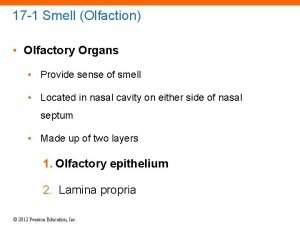
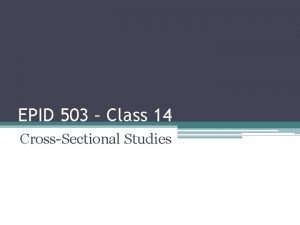

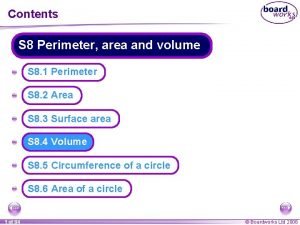


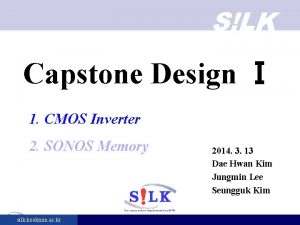

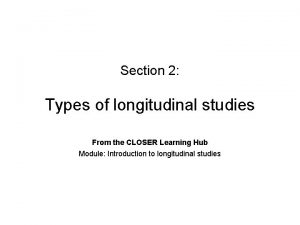
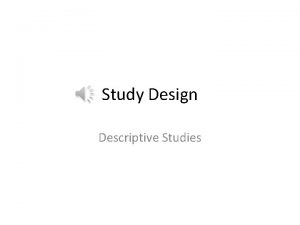

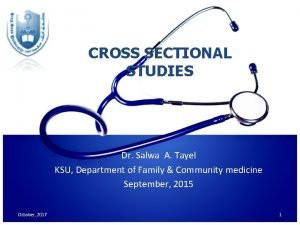
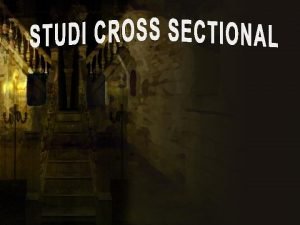
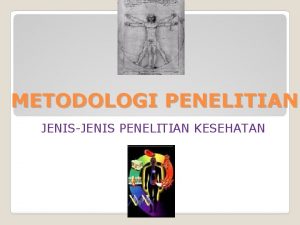


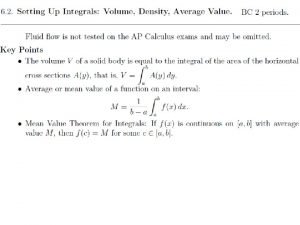
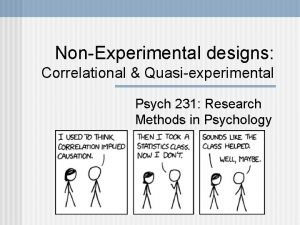
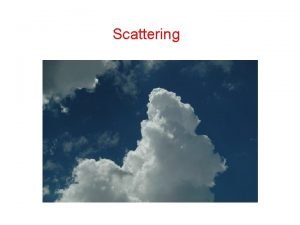

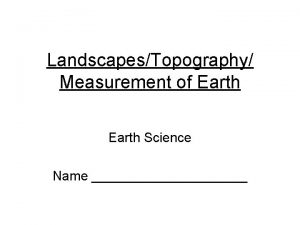

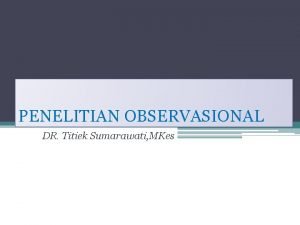

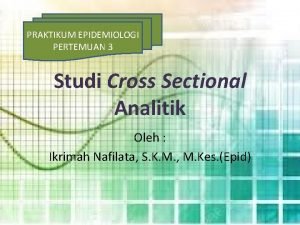

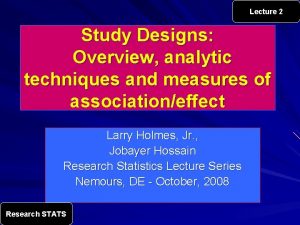
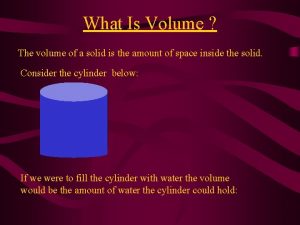


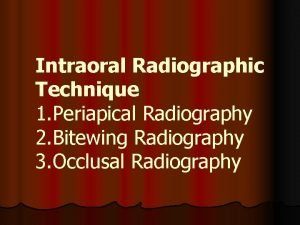


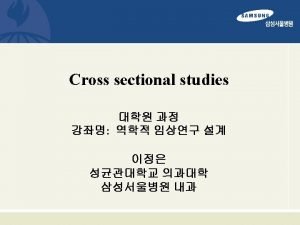


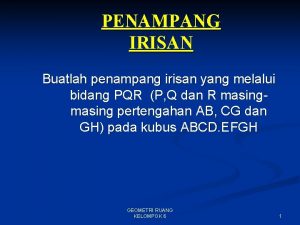
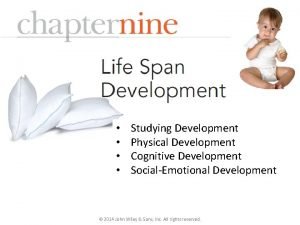
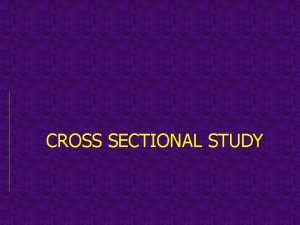
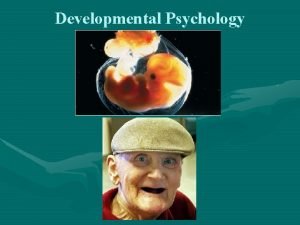


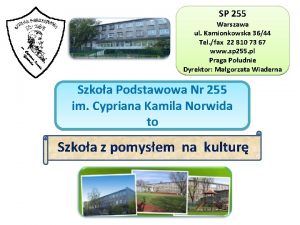
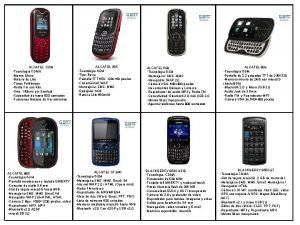

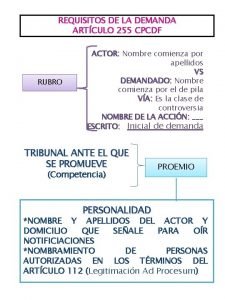
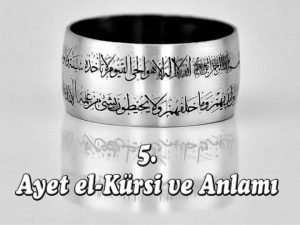

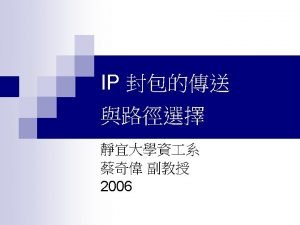

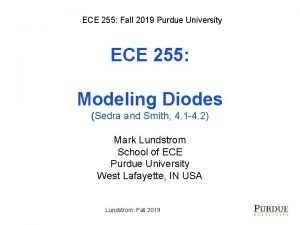
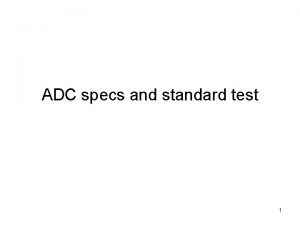
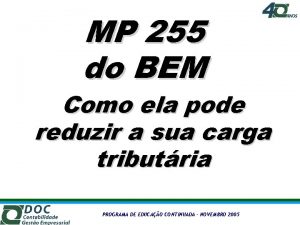
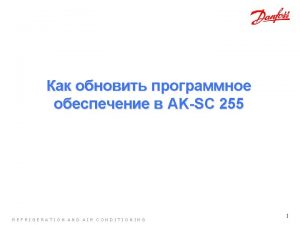
![Chars = [0] * 128 Chars = [0] * 128](https://slidetodoc.com/wp-content/uploads/2020/10/1080889_10c34909411401e08bad3b7af5bc2cb2-300x225.jpg)



